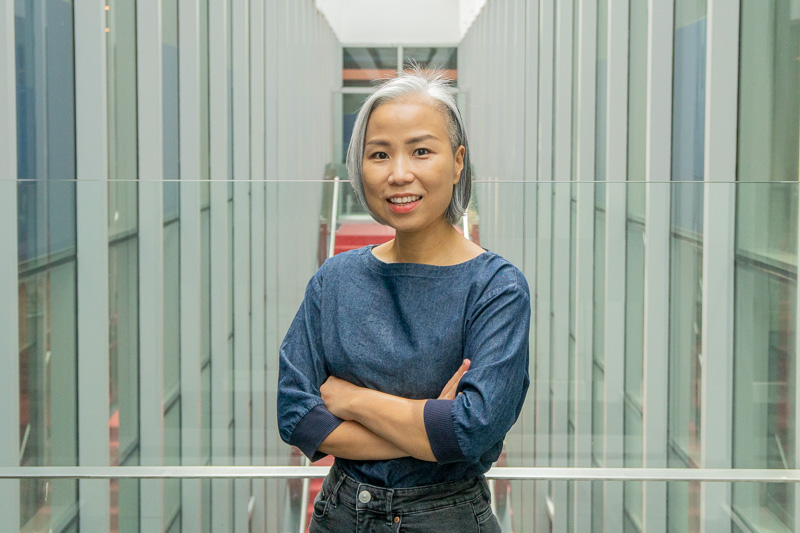Due to COVID-19, all courses at RMIT’s School of Communication & Design were taught online during Semester 1 of the 2020 academic year. Was it a difficult migration?
Professor Gaimster: We had identified early on that there may be a need to move online at short notice, so we were well prepared. Before the official online move in March, we were already engaging with students through a range of online activities including informal chat sessions and icebreakers so that the students could get to know each other during the campus closure.
The social aspect of the online teaching environment is just as important as the technical functions, and this is an area that we gave strong focus to in our approach to digital delivery.
We also implemented some guidelines for staff on how to effectively convert their classroom activities to an online environment and ensured they had opportunities to practice and get support before we moved entirely online.
What adjustments did you make to optimise the learning and teaching experience?
Ms Teoh: I speak from my experience teaching three online courses to first-year Bachelor of Design Studies students. The courses were diverse in that they covered everything from the more technical skills (how to use Adobe design software), to a practical understanding of the visual vocabulary (typography, colour and composition), and the more theoretical side of the history of design.
I quickly adopted many online tools and platforms to help me and my students communicate better in the virtual environment. For example, my students often needed hands-on support as they learned to navigate the different design software. So I made use of the remote desktop control function in Microsoft Teams to access my students’ computers and make a live demo on their working files.
Small-group tutorials also helped a lot in engaging the students. I kept the number of students at around five for each tutorial session, which allowed me to focus on the performance of each student and give them more space to contribute to the discussion.
What is the biggest change that the venture into full-time online delivery has brought to the staff and students at your school?
Ms Teoh: I was glad to see that my students improved their time management and independent study. To illustrate, I often posted lecture videos before each synchronous class and asked my students to go through the lecture slides in advance in order to have quality discussion during the online session. The students really embraced this. Some students who preferred to stay in their comfort zone at first began to appreciate and practice more discussion over time.
Professor Gaimster: I was amazed at how easily the staff moved into this new mode of delivery and how much additional effort they put into the preparation of their materials and interaction with students. Students appreciated their enthusiasm and benefited from staff collaborating to share best practices and tips with each other.






